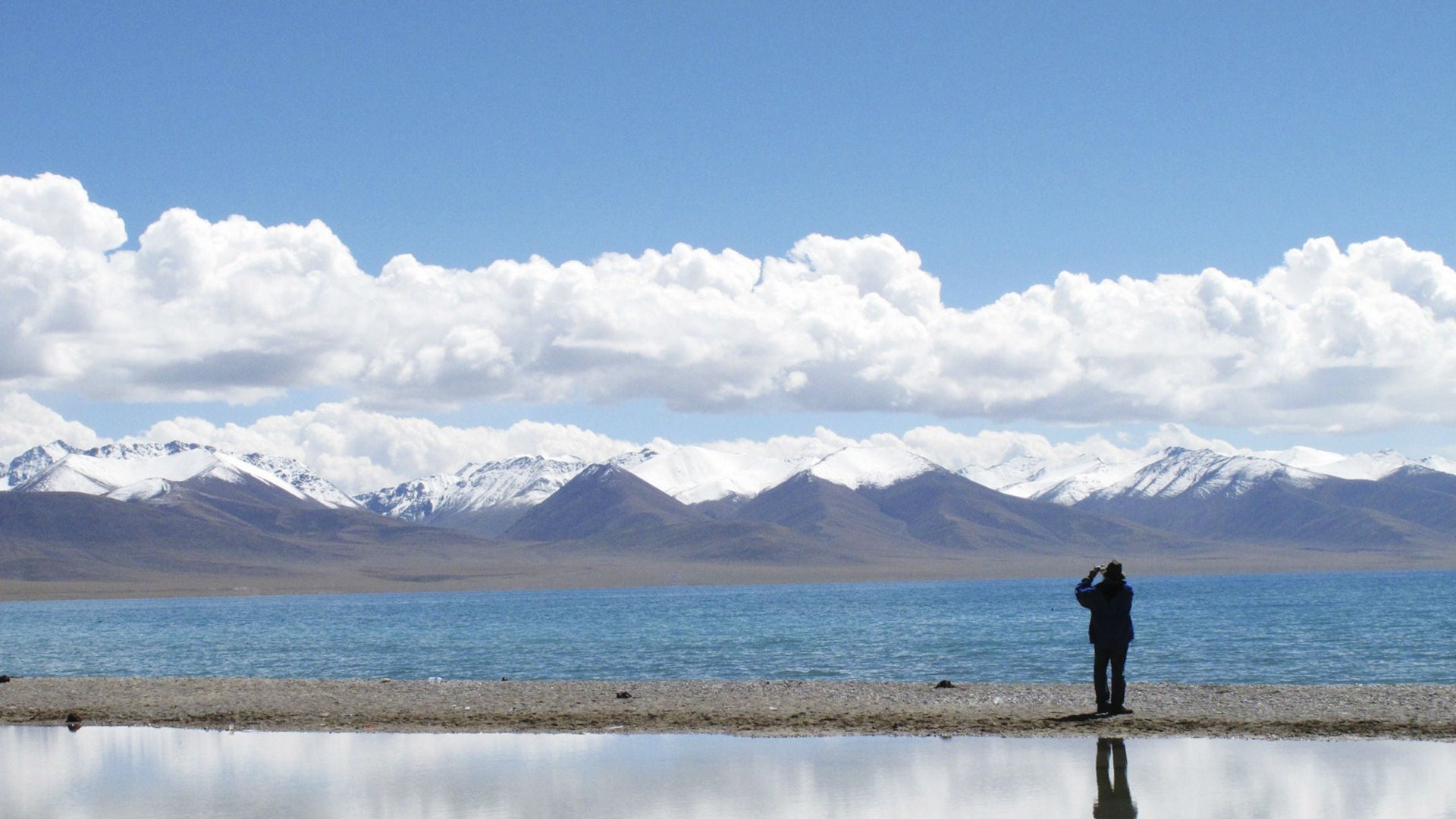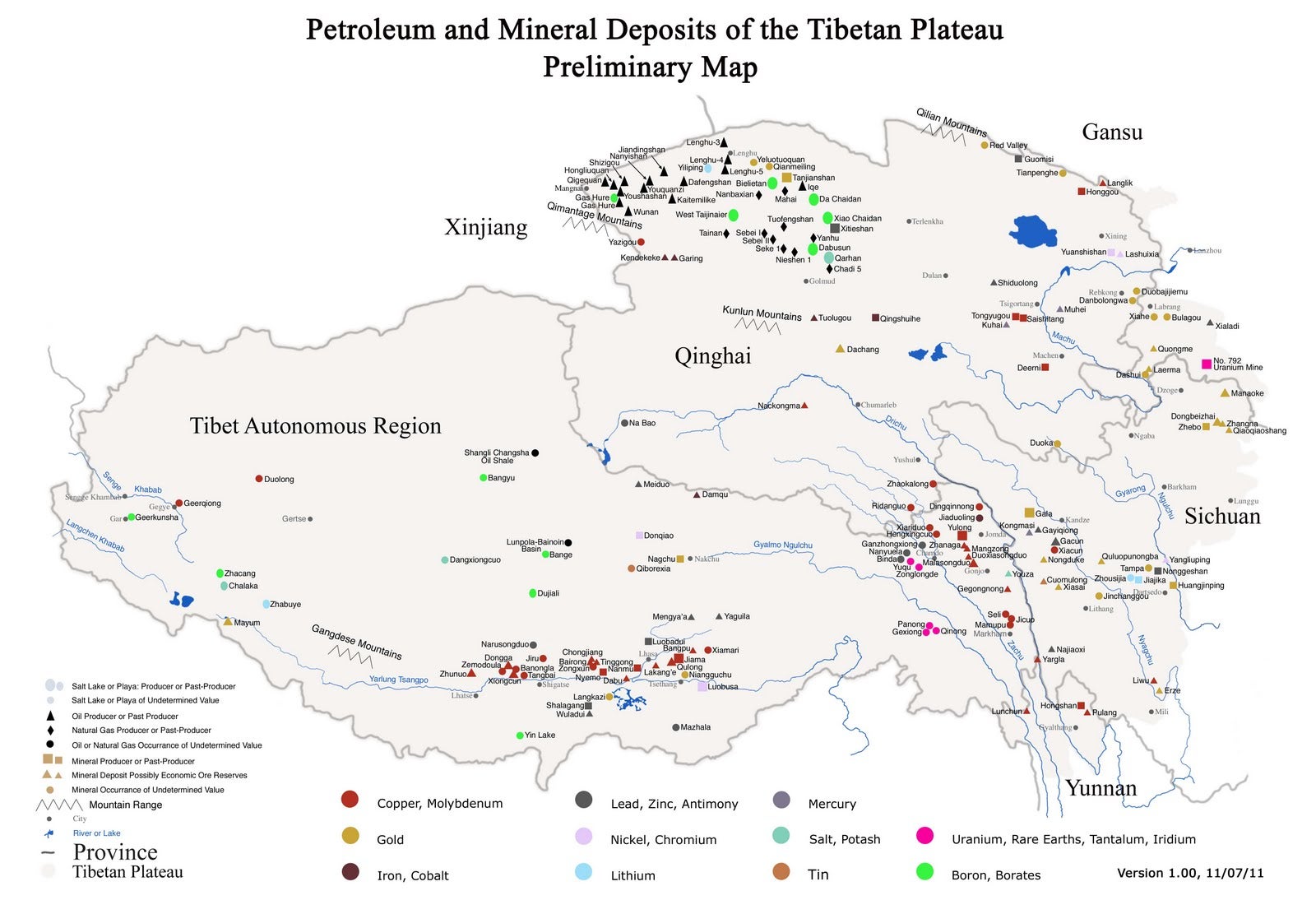China is now drilling holes in the “roof of the world”
Chinese oil and gas explorers have drilled a deep borehole in the Tibetan Plateau, the world’s largest and highest plateau at about 4,500m above sea level, according to the South China Morning Post. The project, whose location has been kept secret by officials, is part of China’s hopes to exploit the region’s reputedly vast supplies of oil, gas, and minerals.


Chinese oil and gas explorers have drilled a deep borehole in the Tibetan Plateau, the world’s largest and highest plateau at about 4,500m above sea level, according to the South China Morning Post. The project, whose location has been kept secret by officials, is part of China’s hopes to exploit the region’s reputedly vast supplies of oil, gas, and minerals.
The drilled borehole, the largest at such an altitude, is also a sign of the difficulty reaching resources in the remote region, where harsh geology, poor infrastructure, and thin air make it one of the most difficult places in the world for drilling.
Chinese firms have been working for years to confirm estimates that the plateau—which encompasses Tibet, Qinghai, and parts of Gansu, Sichuan, and Yunnan provinces—could hold the world’s largest oil and gas deposits—some 10 billion tonnes (11 billion tons). Officials say up to 36 million tonnes of copper, lead and zinc, and billions of tonnes of iron could be tapped here.

The point of the new 7km-borehole is to get samples that will tell scientists more about the region’s hydrocarbon and mineral deposits. Beijing is also reviewing a proposal for a new “deep-earth exploration project” to drill more, even deeper wells for study samples, according to the SCMP.
But fragmented geological structures that are prone to collapse make exploration risky, as well as expensive, a researcher with the Chinese Academy of Geological Sciences told the paper. The state-owned oil giant Sinopec last year pledged to spend 20 million yuan ($3.2 million) on exploration, and previously China spent $44 million on a seven-year survey project on the Tibetan plateau. Although researchers estimate Tibet may be home to large reserves of the gas locked within shale and other rocks, China’s experience extracting shale gas elsewhere in the country hasn’t been a great success (paywall).
Drilling in the region poses risks that could extend beyond local ecology. The Tibetan plateau, also known as the “water tower of Asia“(pdf) is the source of water that flows to major rivers such as the Brahmaputra in India and Bangladesh and the Mekong, which runs through Southeast Asia. The plateau also holds some 30% of freshwater resources in China, where water scarcity is a growing crisis.